
Tag Archives Beef Cattle Research Council
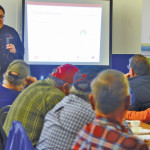
Increasing support to cattle industry research and marketing
Canadian cattle producers are being asked to support industry research and marketing through an increase to the National Beef Checkoff
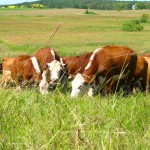
It’s prime time for anthrax, so keep a close eye on your cattle
Highly contagious, infectious soil-borne disease finds victims in grazing livestock

Antimicrobial use in feedlots could be slashed, say experts
Simple management changes, like pre-weaning vaccinations, can greatly increase immunity in cattle
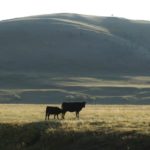
Cow-calf producers asked to take survey
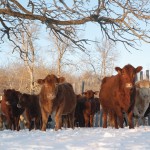
A new strategy for developing Canada’s beef sector
This strategy is about how we can work together to best position our industry to compete for a larger share of the world market and to become the high-quality beef product of choice in the world
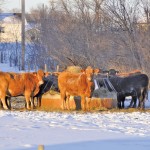
Beef leaders strive to drive industry forward
Goals include boosting production efficiency by 15 per cent and increasing carcass cut-out value by 15 per cent in just five years
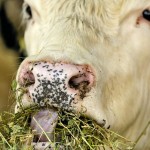
Editorial: Foraging for a national voice
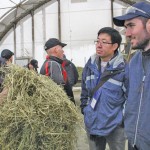
National forage association loses funding, executive director
Canada’s biggest acreage crop running on fumes

Manitoba arthropod populations expanding
Although rare in Manitoba, bovine anaplasmosis can be spread by wood ticks

Which is better: big cows or little cows? It depends
Heavier-milking, bigger cows are more efficient in some situations, while moderate, lighter-milking cows are more efficient in others
Marketing cows because they are open, calved late or their conformation is breaking down are easy decisions. Marketing cows or retaining heifers based on productive efficiency definitely requires more thought. Biological efficiency is not always the same as economic efficiency. In a cattle production system, efficiency is often a combination of those two. How we

